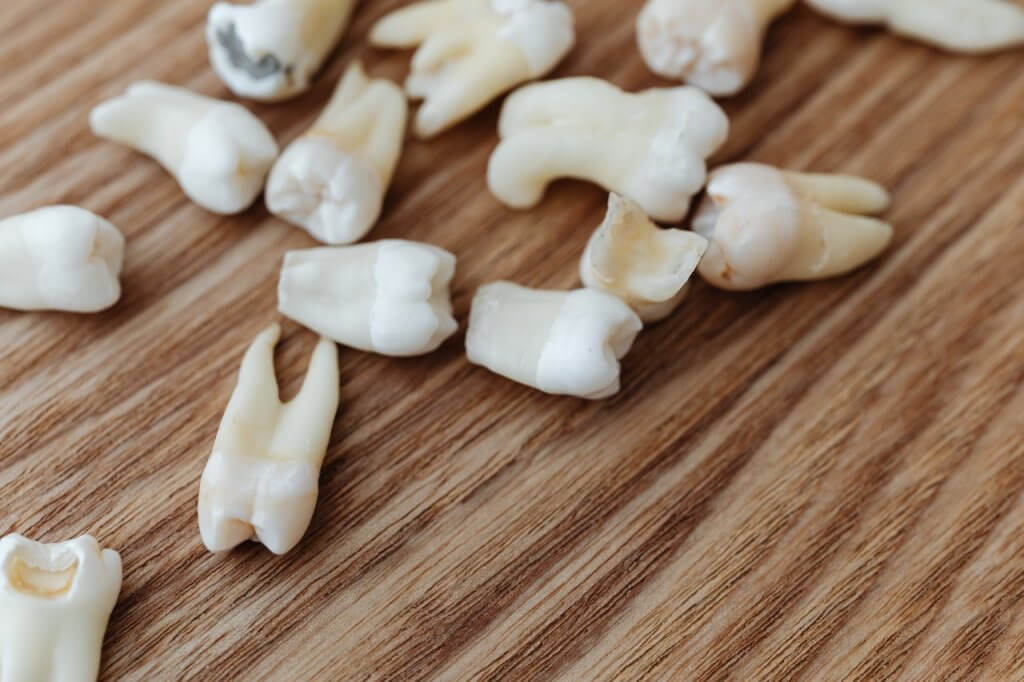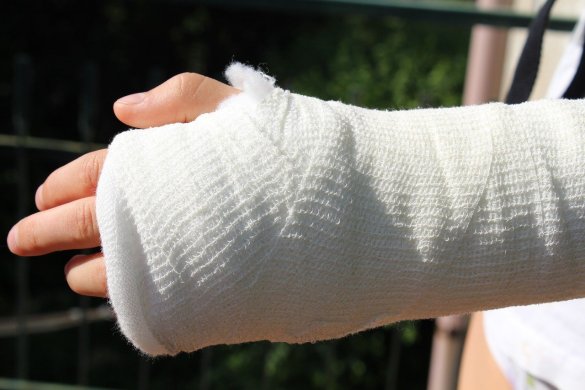If you have recently lost a tooth(or teeth) or had one removed by your dentist, it’s important that you replace that tooth as soon as possible. It might not cause you any pain or inconvenience at first to have a gap in your mouth but there are long-term implications to not replacing.
If you’ve just lost or had a tooth removed, you probably don’t want a course of dental treatment immediately. It’s wise to make an appointment with your dentist sooner rather than later though. The consequences of not replacing missing teeth are wide and varied but most commonly include:
- A shift of bite pressure to other teeth resulting in misaligned teeth over time
- More incidence of gum infections as a result of hard to clean areas of plaque
- Visible gap or gaps which may result in a loss of self-confidence
- Deterioration and erosion of bone that used to surround the tooth
Reasons for Tooth Loss
The most common reasons for tooth loss include gum disease, decay, and trauma. People who play contact sports know there is a real risk of tooth damage, so they wear a gum shield to alleviate the risk of serious damage. However, tooth loss because of gum disease or decay is avoidable.
The best way to avoid tooth loss through gum disease or decay is to have regular checkups at your dentist. Although losing the tooth may be unavoidable in certain cases even with regular check-ups, it is important to get it replaced with a reasonable timeframe.
Common Procedures for Tooth Replacement
There are several ways your dentist can replace your missing tooth or teeth depending on your specific needs. Implant supported dentures are generally regarded as the most effective treatment for missing teeth. Such dentures are supported by and fixed to implants, unlike regular dentures that rest on the gums.
Providing enough bone is present in the jaw to support implants, your dentist may recommend this course of action. Aside from the relatively expensive implants, your dentist can also carry out the following procedures to replace lost teeth:
- Fixed Bridges – A fixed bridge can be used to replace a number of teeth and consists of artificial teeth fused to a frame (Bridge) that is made to measure for the patient’s mouth.
- Partial Dentures – Replacement teeth attached to a plastic base. Cheaper than bridges or implants but not as comfortable for the wearer, although most people have no real issues with them.
- Full Dentures – A full set of replacement teeth held in place by suction, fitted around 4-5 weeks after full teeth removal to allow for healing time.
As the technology involved in tooth replacement grows more advanced over time, there will, no doubt, be other innovative ways of replacing teeth in the future. By engaging the services of an experienced dentist from the offset and having regular check-ups, you will be able to keep abreast of the latest dental treatments as and when they become available.
Photo by Karolina Grabowska from Pexels




